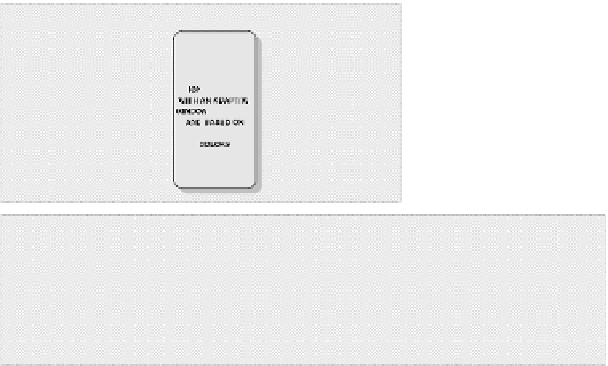Information Technology Reference
In-Depth Information
Fig. 1.
Architecture of the road signs recognition system
However, to build the tensor space which is then HOSVD decomposed we use a
set of prototypes extracted from real traffic scenes but the method works fine also for
a set of the formal RS definitions (i.e. a law regulation). The patterns from the chosen
set are then affinely transformed by the prototype exemplar generator. It was noticed
that because the images are already registered to some common size by the detector, it
is sufficient to constrain the affine transformations to pure rotations. Finally, the
experiments showed that this method easily works with some small variations in
horizontal/vertical positioning, i.e. by few pixels. Then, after HOSVD decomposition
of such deformable patterns, only a number of dominating components is used to
classify an incoming test pattern. The procedure is described in the next section.
3 Tensor Based Object Recognition
Tensors are mathematical objects used in many branches of science, such as
mathematics and physics, due to their well defined transformation properties in
respect to the change of a coordinate system [1]. However, in some applications, such
as data mining, they are considered as multidimensional generalizations about
matrices, i.e. the multidimensional arrays of data [5][16]. In this work we follow the
second interpretation. Below, a short introduction to tensor decomposition is
presented. More details can be found in references, e.g. [5][16][2].
Analogously to the matrix SVD decomposition [18], for a
P
dimensional tensor
T
there exists a
P-th
order decomposition HOSVD. It allows each tensor
1
NN N N N
××
………
×
×
T
∈ℜ
to be decomposed as follows
2
m
n
P
TZ
=× ×
SS S
×
,
(1)
…
1122
PP



















































Search WWH ::

Custom Search